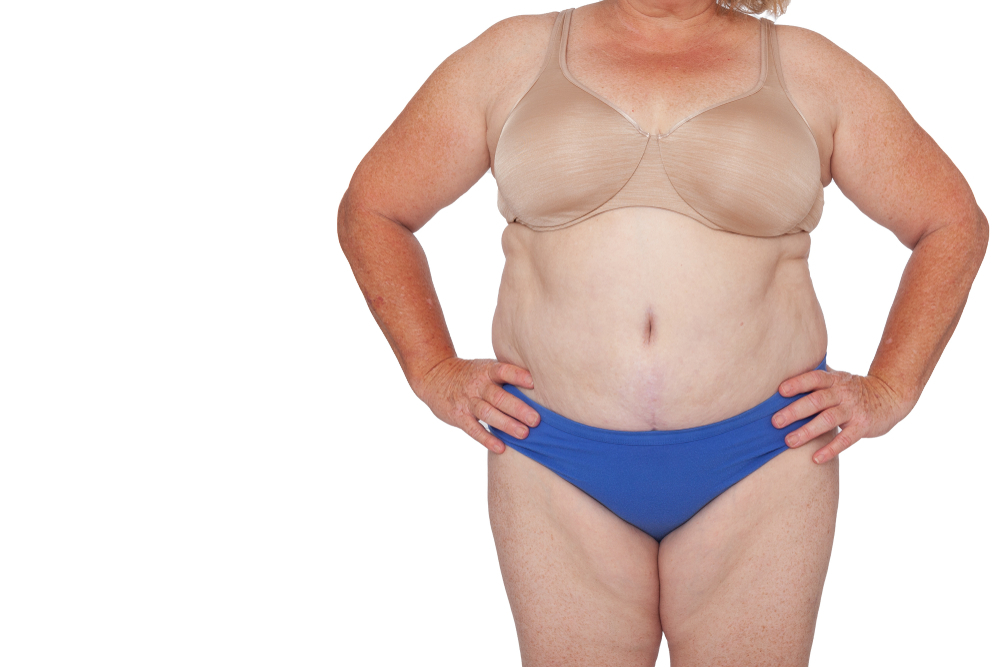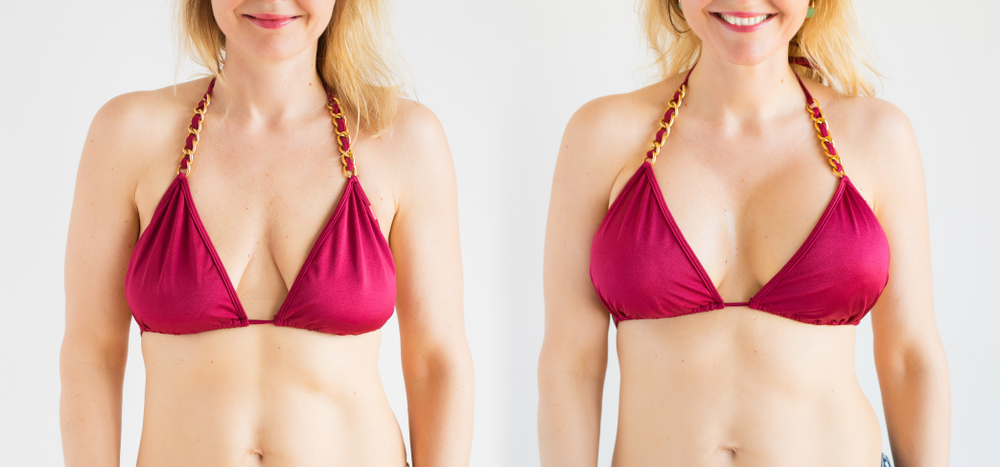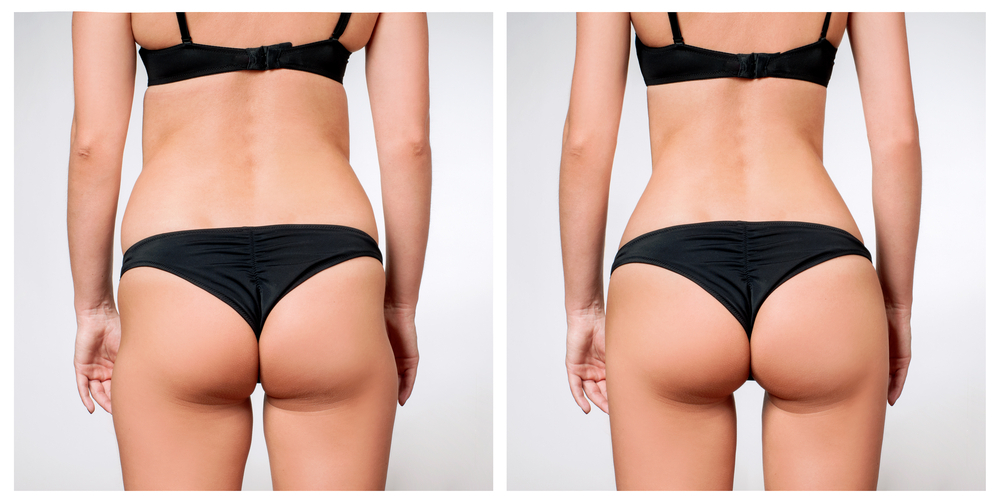Sometimes, women want to enhance their breast size. Whether your breasts are naturally small, are asymmetrical, or have lost volume due to pregnancy or aging, a breast augmentation can help.
Breast augmentation involves using saline or silicone implants to enhance the size of the breasts. A breast augmentation with fat transfer at DFW Center for Aesthetics and Cosmetic Surgery in Southlake, TX can achieve similar results while also offering opportunities for body sculpting.
What Is Breast Augmentation?
Breast augmentation is a surgical cosmetic procedure that enlarges breast size. It is the most common plastic surgery in the United States. During breast augmentation surgery, we use saline implants, silicone implants, or your own fat to increase the size of the breasts.
Patients who choose implants will select from the saline or silicone options, depending on their preferences. Fat transfer breast augmentation is best when the patient seeks to remove excess bulges from other places of their body.
During a breast augmentation with fat transfer, we combine liposuction with breast augmentation to achieve the desired results.
Which Is Best: Implants or Fat Transfer?
Choosing between implants and a fat transfer breast augmentation depends on the patient’s preferences.
Breast augmentation with implants involves placing flexible packets that contain either saline or silicone into the chest area. Implants provide an instant lift and curvature to the breasts while also enhancing their size.
Implants aren’t meant to last forever. In most cases, patients need a follow-up procedure after about a decade to maintain their results. Some patients find their implants last much longer, though, even up to 20 years.
Results from a breast augmentation with fat transfer are more natural. Since we use fat cells taken from your body, no foreign objects are placed into your breast area. You won’t need to worry about replacing implants in the future.
Not all transferred fat will survive. Some fat cells will die and eliminate through the body’s lymphatic system. Thus, you may not be able to enhance the size of your breasts to the extent that you could with implants.
What Happens During a Breast Augmentation Procedure?
Your breast augmentation procedure will vary depending on the implants you choose. Fat transfer breast augmentations begin with liposuction, while traditional breast augmentations with implants require surgery in only one site.
If you have chosen a breast augmentation using fat transfer, we’ll first extract the fat from the desired body areas. Many patients choose to remove excess fat from their belly, love handles, thighs, buttocks, or upper arms.
Once we finish the liposuction, we go through several steps to ensure maximum breast fat retention. We’ll remove all non-fat tissue from the fat and treat it with growth factor stem cells, which improves the survival rate of the cells transferred to the breasts. Finally, the fat is injected into your breasts to achieve enlargement and lift.
Individuals who prefer a breast augmentation with implants begin with incisions around the nipple, underneath the breasts, or in the armpit. The location of the incisions will depend on the size of your implants and the shape of your body.
Next, we insert the implants into the chest, placing them where they can provide the best lift and enlargement to your breast size. Finally, we’ll close the incisions with a combination of stitches and surgical tape.
Breast augmentation with fat transfer takes two to three hours to perform. If the breast augmentation surgery uses implants, it is much shorter — often less than an hour.
When Will I See the Results of My Breast Augmentation?
Results from a breast augmentation are apparent immediately after the surgery. However, the body requires time to heal and acclimate to implants or new fat.
Patients who choose breast augmentation with implants often find their breasts sit high. Over time, the results will appear more natural as the implants settle into position — about six weeks to three months.
Individuals who choose breast augmentation with fat transfer see their results immediately, but some of the fat injected won’t survive. The body fully heals within three to six months, and any fat that isn’t viable eliminates naturally through the lymphatic system during that time.
How Long Does Breast Augmentation Last?
The results from a breast augmentation with fat transfer are permanent. Once the body adapts to the new fat cells, results won’t change unless the patient experiences significant changes in their weight.
If the individual loses weight, their breasts may become smaller. Conversely, patients who gain weight may find their breasts become larger.
Patients who choose breast augmentation with implants may need to undergo future procedures to replace the implants. It’s common to need another breast augmentation within 10 to 20 years of the initial surgery to replace damaged or aged implants.
Who Is a Good Candidate for Breast Augmentation?
Anyone who wants to enhance the size of their breasts is potentially a good candidate for breast augmentation. However, certain lifestyle or medical factors may prevent us from performing the surgery.
Before any cosmetic surgery, our patients must undergo a consultation with us. During your consultation, we’ll review your medical history. We’ll also examine your body to determine if the surgery is right for you or if another treatment may be a better fit. Feel free to ask us any questions concerning the surgery during your appointment.
Find Out More About Breast Augmentation with Us
DFW Center for Aesthetics and Cosmetic Surgery in Southlake, TX, offers breast augmentation surgery to patients seeking to enhance their breast size. Contact us today to schedule your consultation and discover how breast augmentation can help you achieve your body goals.







